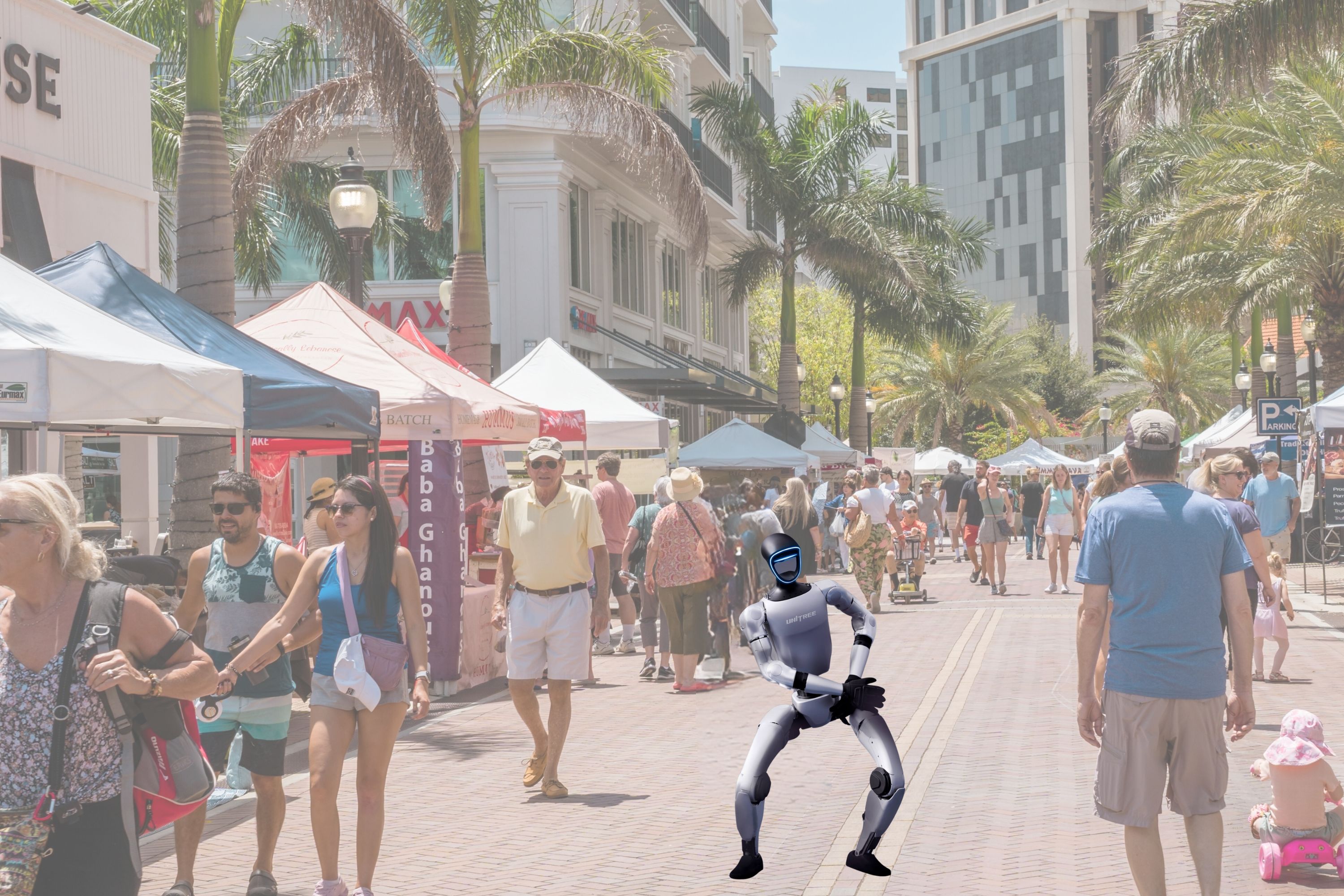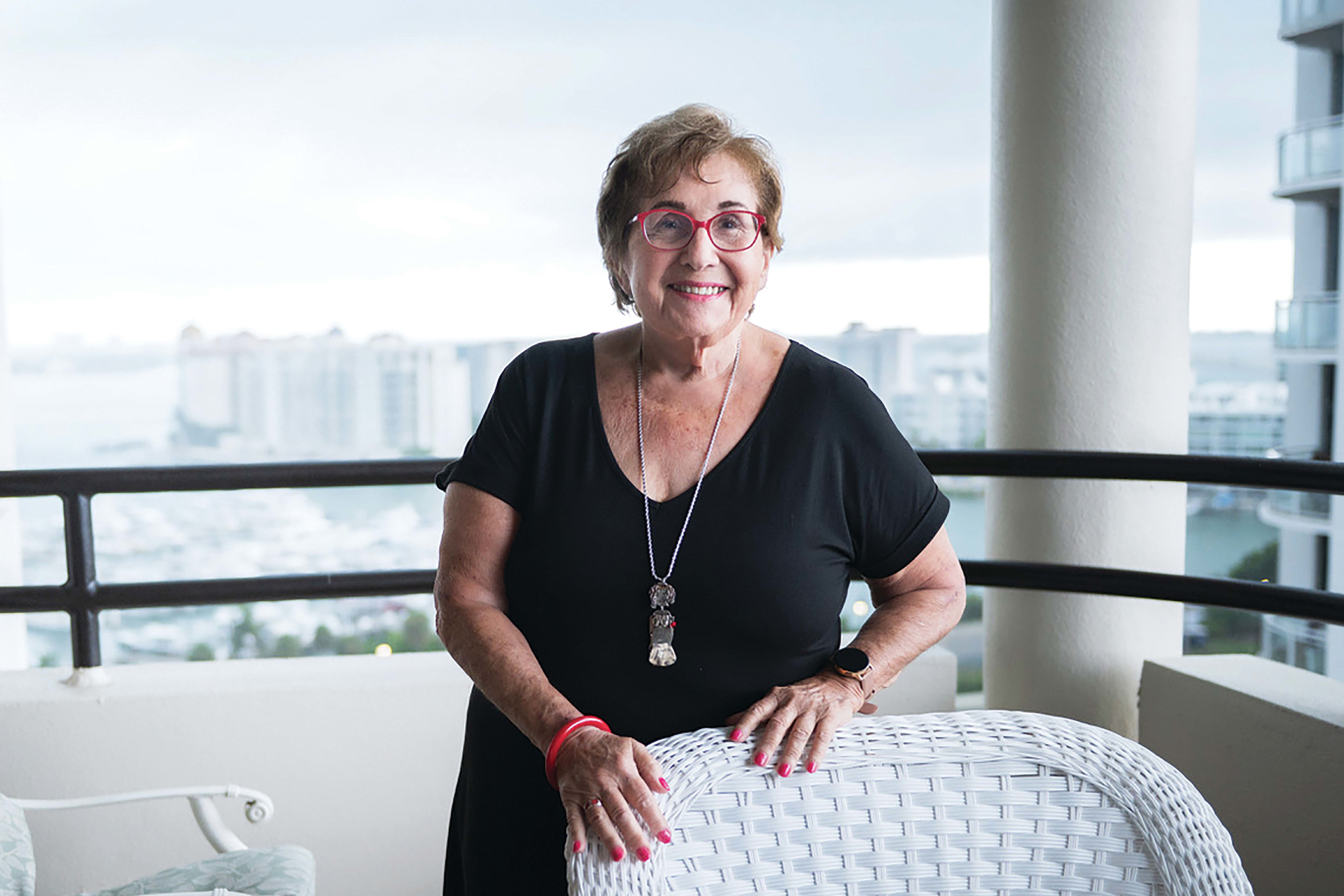These Five Local Innovators Are Changing Our World
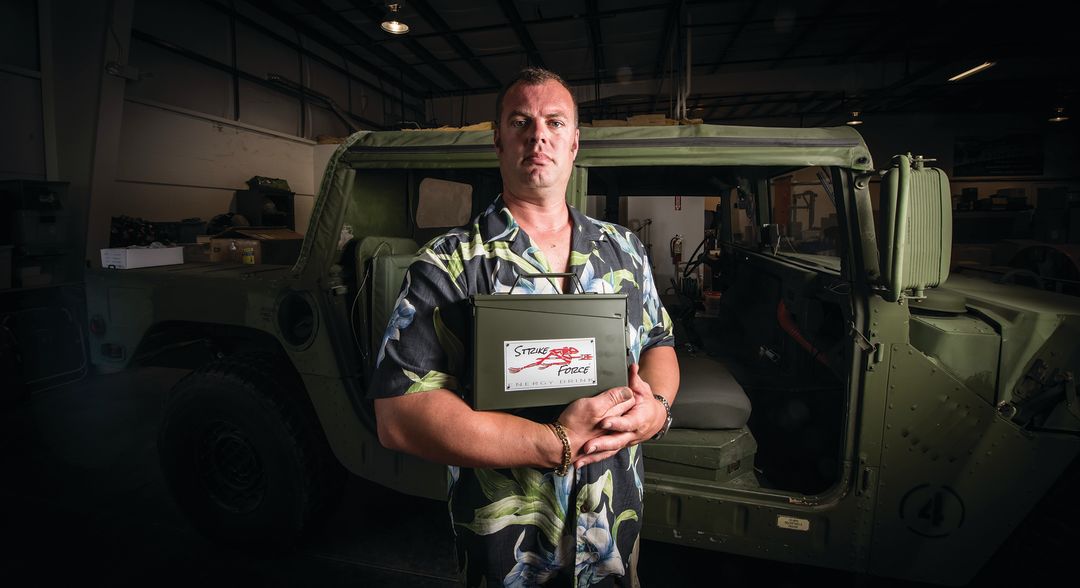
Drinkable Energy for the Military
Bruce Schlee
CEO, Strike Force
Invention: Strike Force Energy Drink
About six years ago, as a sideline to his main job of manufacturing robots that probe inside pipes, Bruce Schlee and his uncle, a Vietnam vet, began developing an energy drink for the military. The men took over one of Schlee’s vacant buildings, tinkered with flavorings, learned what Schlee calls “the intricacies of FDA certification,” and came up with a liquid concentrate packaged like restaurant ketchup packets. “It’s hard to ship cans of Red Bull or Monster to Afghanistan,” Schlee explains. Doctoring water was fun, but Schlee figured “we’re only going to sell so much Kool-Aid,” and the energy drink mostly sat on the shelf.
One day, a Navy SEAL buddy Schlee had met through his robotics venture stopped by the drink plant, and Schlee handed him some of his concentrate stick packs to pass out in the special forces community. They were a hit.
Schlee, his friend and another SEAL launched Strike Force. “The beverage industry is an incredibly competitive and costly place to go play in, with thousands of startups,” says Schlee. The company decided to focus on a narrow demographic—the military—and the SEALS opened doors. They also committed to controlled growth—no huge orders they couldn’t fill. Now Strike Force is the fastest-growing energy drink brand on Amazon, says Schlee.
With a limited budget, Strike Force relies on grassroots marketing and social media and benefits from unsolicited photos and testimonials, which give the product credibility. If a customer posts, someone at Strike Force usually responds within an hour.
Schlee wants to become “a worldwide player in the beverage space” by continued overseas expansion of manufacturing and distribution.
Target market: Military, first responders, outdoorspeople
Start-up investment: About $40,000 in personal funds
No. of employees: Fluctuates up to 25
Sales: $503,000 gross, with 77 percent month-over-month growth; sales into 25 countries and all 50 states
Biggest challenge: “It’s easy to come up with the whiz-bang something,” says Schlee. “It’s harder to get it in front of people, get them to try it, and turn it into a repeatable sale.”

Revolutionizing Semiconductors
Alexey Gusev
Co-founder and president, US Nano
Invention: Patented ink-based nanowires, incredibly tiny electric wires, and production methods associated with them
Most electronic circuits are thick and rigid. Nanowires shrink the technology. However, nano-anything is expensive to produce. Gusev’s company has figured out an affordable way to lay down nanomaterials (semiconductors essential to circuits) with a souped-up inkjet printer. The ink-based nanowires can cover a large, thin and flexible surface, making possible printed electronics, “a whole new industry,” he says.
US Nano has created a platform technology on which others can build. Ink-based nanowires promise breakthroughs in making biological sensors to diagnose disease quickly and easily, for instance, or to detect toxic chemicals in water. For example, by sensing hormones, one early application of printed nanowires determined the sex of sturgeons at age 1 instead of the usual age 4, allowing caviar raisers to cull the males and save money. But the FDA regulation gauntlet for human health products requires a “big partner,” says Gusev, “and large companies are slow to move, like an aircraft carrier.”
Gusev says US Nano will continue R&D—he’s currently in year two of five or more—to fine-tune the printed circuits and license the proprietary technology to scientists at major universities across the globe. Scientists, he says, are eager for affordable nanomaterials for their own research.
Target market: Companies that will use or adapt the technology to make products (middlemen, rather than end consumers)
Start-up investment: $1 million NSF grant; $2.5 million in private capital
No. of employees: 8, a Ph.D.-loaded team that includes Gusev and vice president Dr. Louise Sinks
Sales: None to date. However, Gusev has a revenue-generating venture, UltraFast Systems, which manufactures optical spectrometers (instruments that show the intensity of light) for research ranging from nanoscience to solar energy conversion and storage.
Biggest challenge: “The pro of developing a platform technology is that it can be used in many areas, but the con is that it’s not obvious where to apply it,” says Gusev. “Customers have to know that they want this. We need to find the first application that will get us to revenue.”
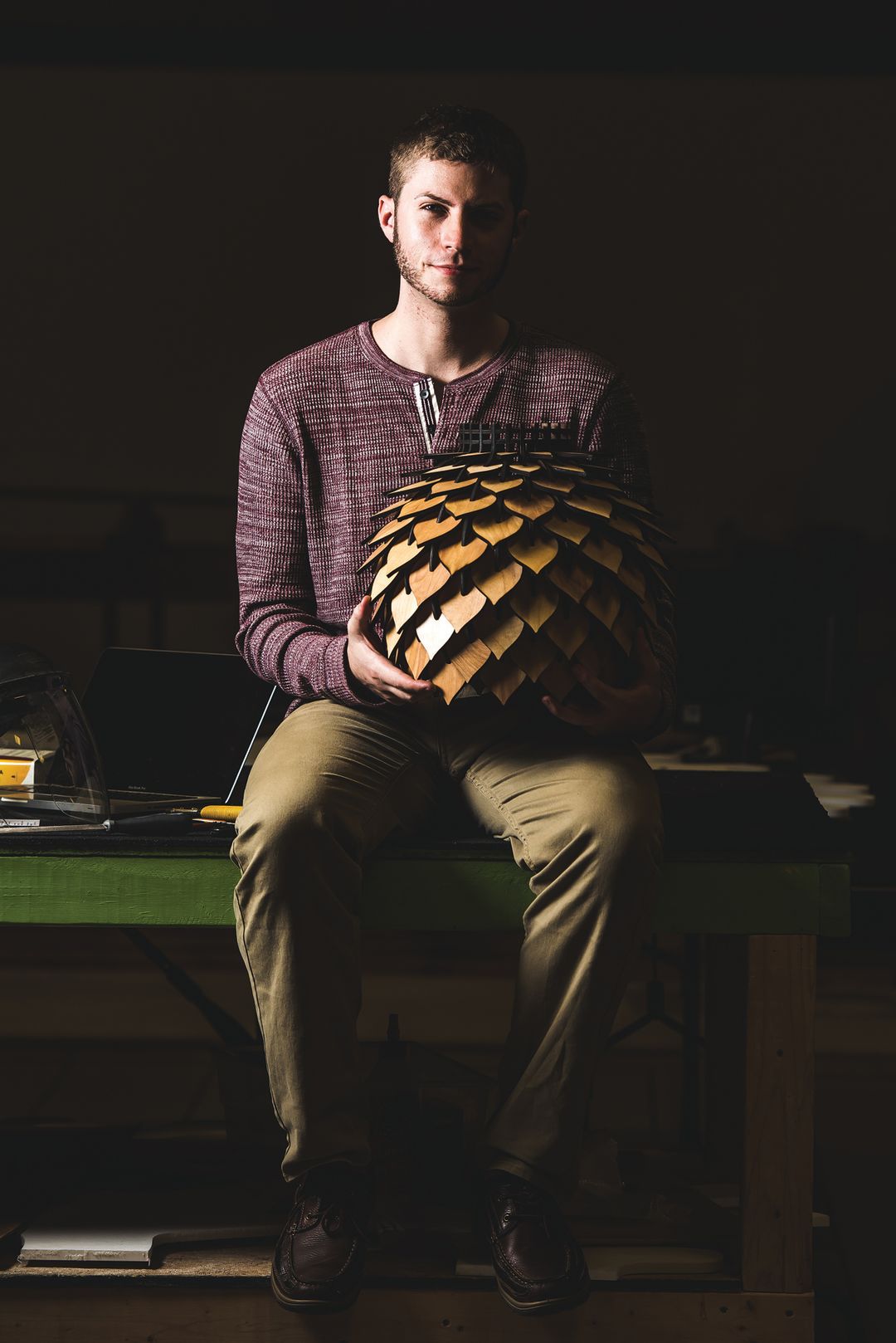
Making Furniture with Computer Code
Nick O’Donnell
Founder and head designer, Terraform Designs
Invention: Terraform chair, Sporelamp, Orbitalis table and other furnishings
Nick O’Donnell, the 23-year-old founder of Terraform Designs, turns math into furniture and light fixtures with the help of Rhinoceros, a computer-aided design software. He plays with the geometry found in nature to create curved and angular forms. For instance, the mineral aragonite inspired a multifaceted lamp of the same name.
After college, O’Donnell found affordable access to high-tech woodworking machines at the Sarasota Suncoast Science Center’s Faulhaber Fab Lab. He designs his form, loads the Fab Lab’s laser cutter with birch plywood, and the computer code directs the cut with minimal waste. O’Donnell sands, stains, sears and assembles the panels. His innovative approach earned him a prestigious 2016 Governor’s Young Entrepreneur Award.
Next up for O’Donnell is to relocate from the Fab Lab into his own office and work space, buy his own laser cutter and hire three full-time employees to handle the workload. Investors would be nice, too, he says.
Target market: Homeowners, interior designers, wholesale light stores, developers
Start-up investment: $3,000 in prize money from a second place finish in Florida State University’s InNOLEvation Challenge business competition in his senior year
No. of employees: None, except occasional helpers
Sales: $35,000 in the first year, which has been enough to move out of his parents’ Lakewood Ranch house and “keep from having to get another job,” he says.
Biggest challenge: “In my head, I see who I need to be as a triangle: artist, engineer, businessperson. My strength is the first two, the designing and making. I need to pair myself with a mentor who’s good at outreach and sales.”
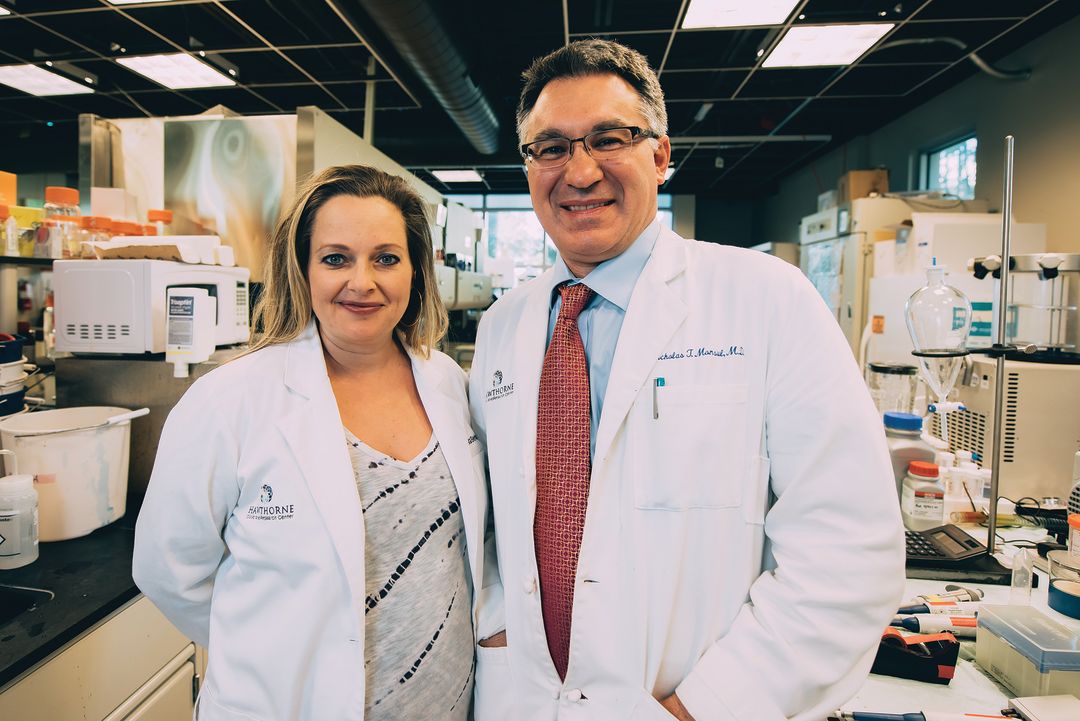
Using Friendly Bacteria to Fight Disease
Drs. Eva Berkes and Nicholas Monsul
CEO and chief scientific officer respectively, Quorum Innovations (QI)
Invention: A patented method for extracting and isolating beneficial human microbes, which can enable drug discovery and ways to treat chronic medical conditions; launch of the over-the-counter BioEsse probiotic skincare line
Our bodies are teeming with bacteria, trillions of microorganisms that make up the human microbiome. Some are pathogens that cause illness, but most coexist with human cells, and research has confirmed that these bacteria are essential partners in controlling inflammation and fighting disease.
Sarasota allergist and immunologist Eva Berkes and her husband, oculofacial surgeon Nicholas Monsul, wanted to harness the benefits of these bacteria when they formed Quorum Innovations in 2010. In November 2016, QI received its first patent for drug development technology for skin and digestive inflammatory and metabolic disorders. It’s a milestone in a long journey.
The couple is in talks with potential corporate investors and licensees, including pharmaceutical companies with experience meeting stringent FDA guidelines. In the meantime, QI launched its over-the-counter skincare line, BioEsse.
They foresee more personal care products with therapeutic benefits, such as a body wash for hospital patients that helps prevent methicillin-resistant Staphylococcus aureus (MRSA) infections. And they continue to work on licensing technology and developing new drugs and treatments that herald “a new era in immunology.”
Target market: Consumers for the cosmetics; pharmaceutical companies for the drug development platform
Start-up investment: Personal funds
No. of employees: 8
Sales: Online sales of BioEsse cosmetics have grown 15 percent per month; products include a facial cleanser ($34) and eye cream ($72).
Biggest challenge: “It’s difficult to start a biotech company,” says Monsul. “We’re trained as physicians. We had to learn about intellectual property, regulatory pathways and funding. Sarasota is not a hotbed—yet—of biomedical research.”
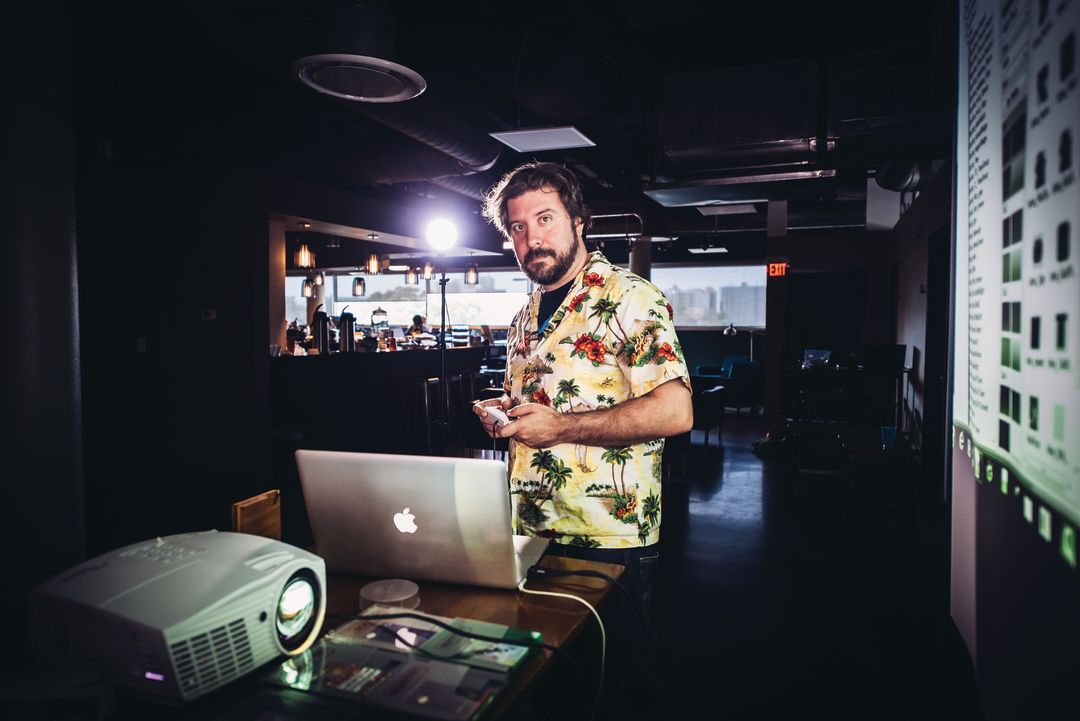
Resurrecting the 8-Bit Era
Joe Granato
Project lead/programmer/filmmaker, The New 8-Bit Heroes
Invention: An 8-bit video game, Mystic Searches, and the documentary it spawned
As a kid, Granato loved playing Super Mario Bros. on his Nintendo so much that in 1988 he and a grade-school pal designed their own game, Mystic Searches. Granato drew scenes, recorded music and sent Nintendo a pitch, which the company politely refused. A quarter century later—after graduating from film school, touring with his rock band and teaching interactive media development at an inner-city Baltimore school—Granato unearthed his Mystic Searches box in his parents’ garage and entered a “nostalgic warp zone.”
Why not make the game now? Never mind that Nintendo of America discontinued the Nintendo Entertainment System (NES) console in 1995. As Granato discovered from the success of his crowd-sourcing ask, a large and welcoming subculture of retro gamers share his sensory pleasure in 8-bit NES games: the smooth black plastic cartridges, the pixelated images, the synthesized chiptunes. Unfortunately, today’s game-making programs don’t work for the old, constrained environment of 8 bits (units of data) since video games have blasted to 128 bits and beyond.
That meant Granato and team had to build new hardware and software, “accidentally creating a sort of middleware” and a potentially marketable NESmaker tool.
Another byproduct of this years-long journey into retrogame reconstruction is a documentary, which has received positive reviews at screenings in Baltimore and Sarasota. Granato edited thousands of hours of video interviews into The New 8-bit Heroes, which champions “the value of ambitions we have as kids.” While he finishes and markets Mystic Searches and the NESmaker, Granato is arranging screenings of The New 8-bit Heroes documentary, which may include the Sarasota Film Festival, and he hopes to land a distributor.
Target market: Retro gamers for the 8-bit game and NESmaker
Start-up investment: $54,000 raised on Kickstarter
No. of collaborators: Many, including concept artist Austin McKinley, narrative developer E.A.A. Wilson, pixel artists, hardware and tool developers, and a chiptune composer
Sales: TBD. Granato is taking preorders for Mystic Searches ($40 for the standard edition) and The New 8-bit Heroes ($14.99 on Blu-ray).
